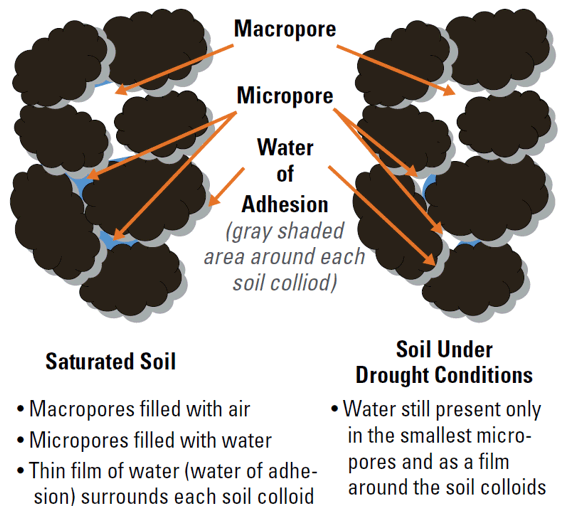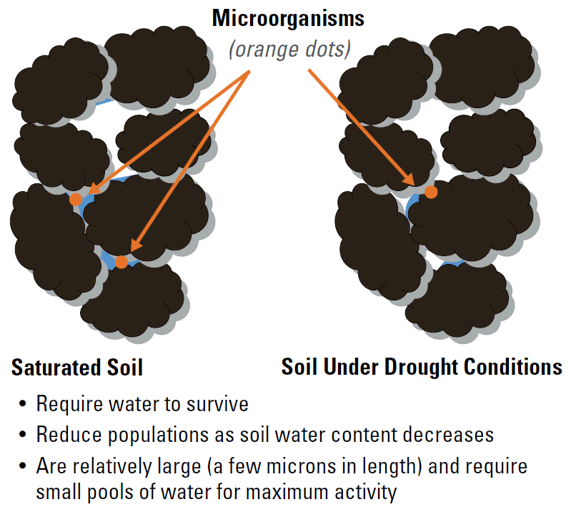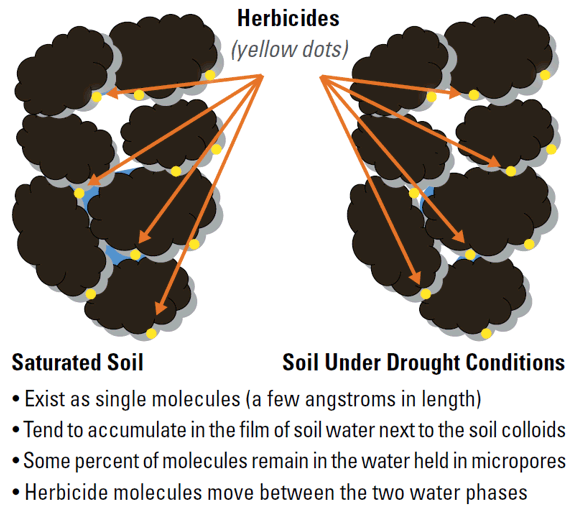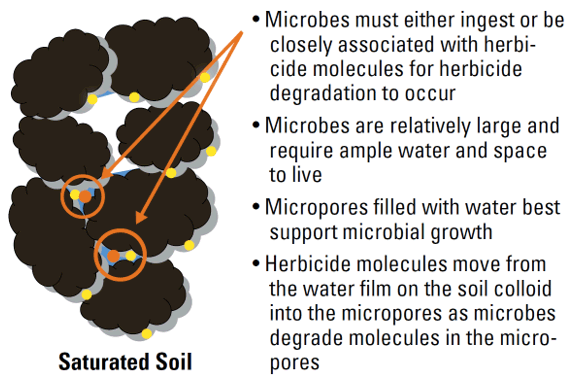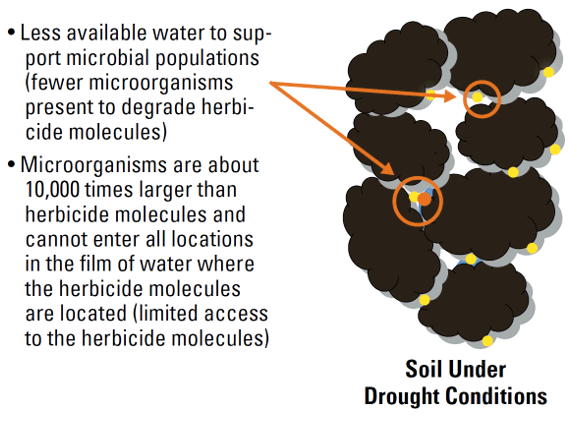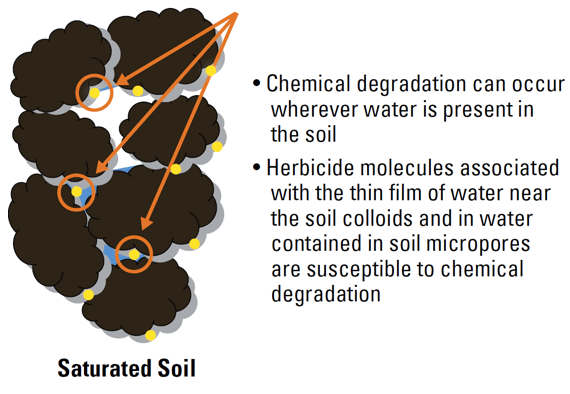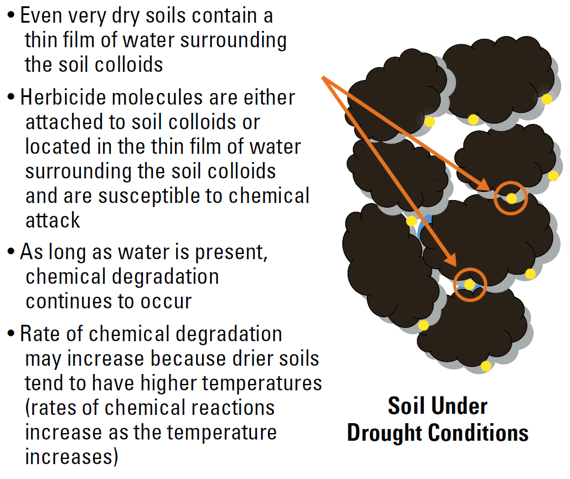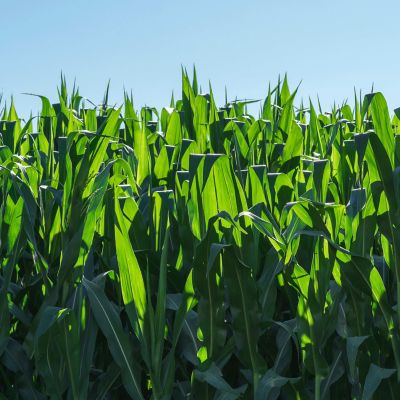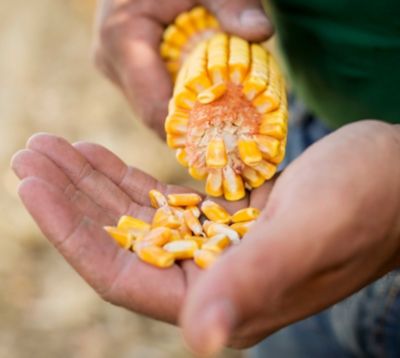
AQ – Optimum® AQUAmax® product. Product performance in water-limited environments is variable and depends on many factors, such as the severity and timing of moisture deficiency, heat stress, soil type, management practices and environmental stress, as well as disease and pest pressures. All products may exhibit reduced yield under water and heat stress. Individual results may vary.
The foregoing is provided for informational use only. Please contact your Pioneer sales professional for information and suggestions specific to your operation. Product performance is variable and depends on many factors such as moisture and heat stress, soil type, management practices and environmental stress as well as disease and pest pressures. Individual results may vary. Pioneer® brand products are provided subject to the terms and conditions of purchase which are part of the labeling and purchase documents.
